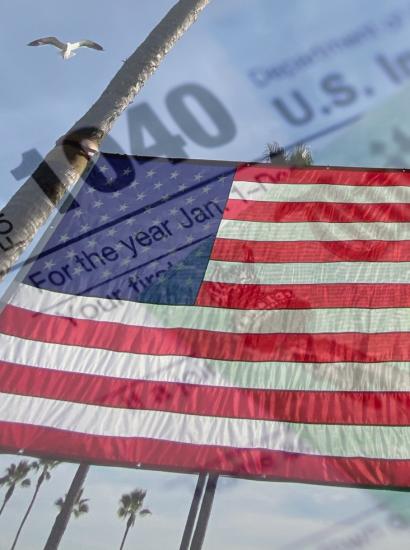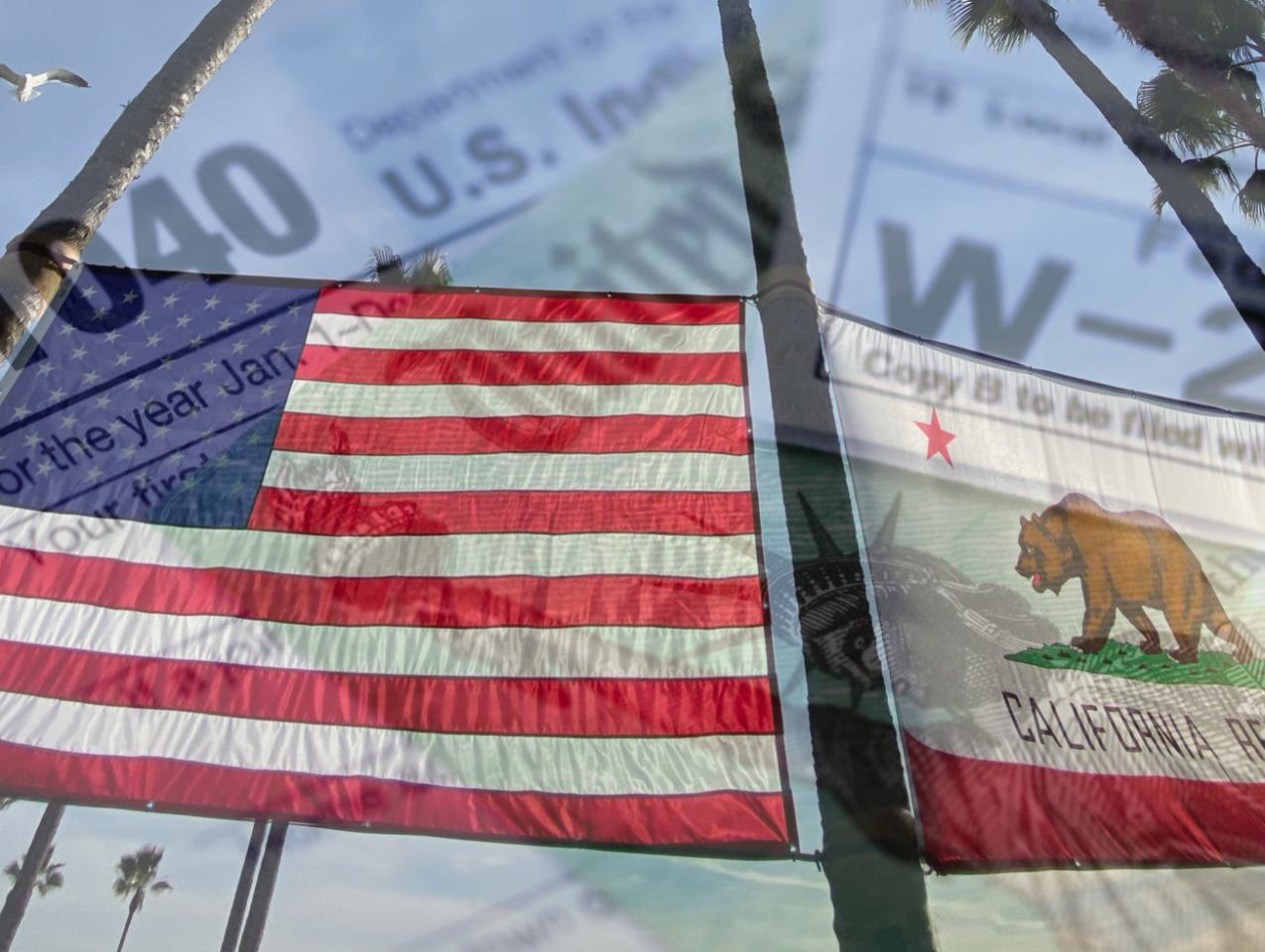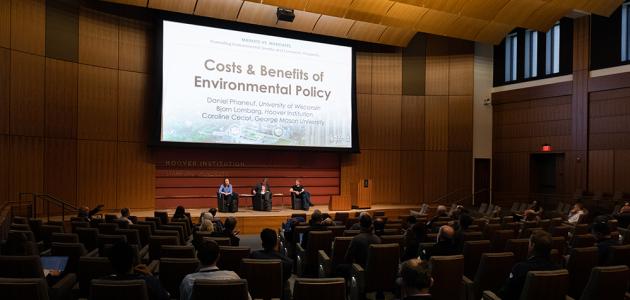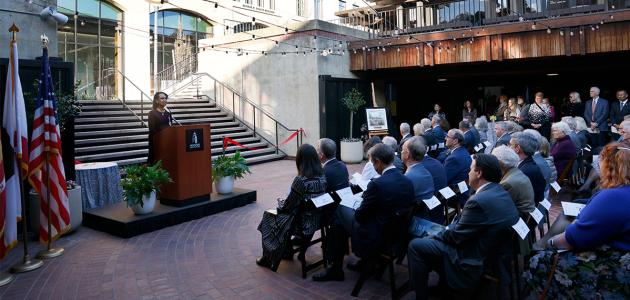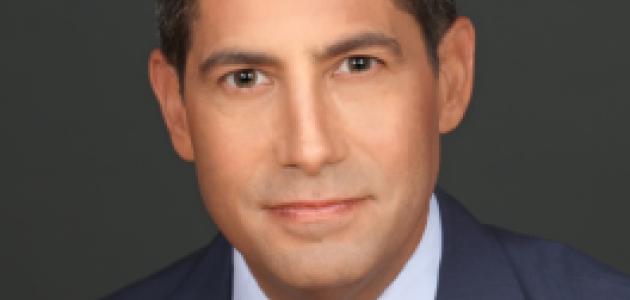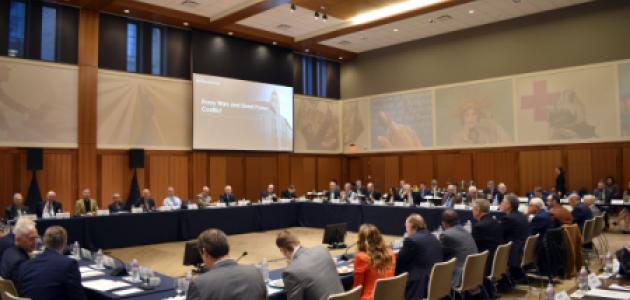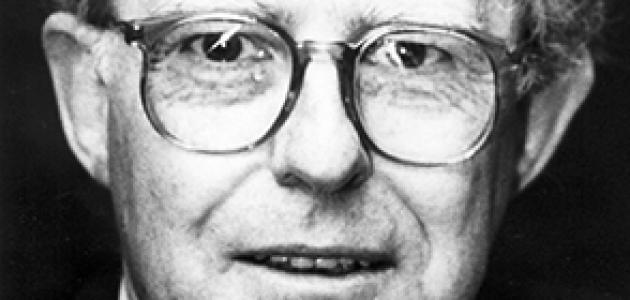For a variety of interconnected reasons, it’s a hard time to be a city official or mayor in the United States.
The rise of working from home has hollowed out some cities, reducing the local tax base and raising uncomfortable challenges for the future of commercial real estate.
Meanwhile, the unfunded liabilities of many local pension funds for municipal workers continue to grow.
And new technologies such as drones and generative AI can open new avenues of attack for criminals or malign actors looking to manipulate local elections.
It’s for these reasons and more a group of mayors, economic development officers, and other local administrators from across the US gathered at the Hoover Institution on March 6-7 for a Policy Lab Summit, in collaboration with the Stanford Graduate School of Business.
The Policy Lab, chaired by senior fellow Joshua D. Rauh, invites graduate student researchers, from Stanford law and business schools to provide research-based policy solutions. With the encouragement of Hoover Institution director Condoleezza Rice, the policy lab launched in 2021 to support an effort to provide recommendations on to the Alabama Innovation Commission on how that state can become a hub for scientific and technological innovation,
Since then, the policy lab has developed research on other policy issues including California’s homelessness epidemic; effectiveness of mental health and addiction programs in Allegheny, Pennsylvania; the behavioral responses of California’s high-income residents to the state’s tax policy; the effectiveness of Indiana’s energy policy for the causes of electricity rate variation; the impact of Tennessee’s customized training and welfare programs on labor market outcomes; and the state of infrastructure financing, pension debt, and economic development in cities: Milwaukee, Wisconsin; Birmingham, Alabama; and Fort Worth, Texas
The purpose of the summit is to generate new insights into the challenges cities and states face in the in the 21st century. With that goal in mind, the summit facilitates new data sharing and research relationships between scholars participating in Hoover’s State and Local Governance Initiative and policy practitioners across the country.
The summit saw Hoover fellows Joshua Rauh, Steven J. Davis, and Herbert Lin brief city officials from across the US on their respective fields of study.
Rauh brought forward recent analyses, including how business incentive programs performed in Alabama.
He also broke down how income tax changes in California more than tripled the net out-migration rate of high-income earners from 2013 onwards.
One attendee said the money they saved from leaving California during this period and relocating to the southeastern US was roughly equivalent to the down payment on a new home.
Finally, Rauh described how state and local pension funds continue to struggle to close the gap between their rates of return and their unfunded liabilities, something that likely may only be solved by converting some of them from defined benefit plans to defined contribution plans.
During the conference, a city official representing a municipality in California asked to partner with the policy lab on a property tax and business incentive program. Another official in Arizona wanted to work with the lab to generate research aimed at improving post-secondary education attainment.
In the second presentation, Steven J. Davis, Thomas W. and Susan B. Ford Senior Fellow, startled attendees with an analysis that grew from the following comparison:
In February 2020, remote work accounted for seven percent of all paid workdays in the US.
Four years later, approximately 28 percent of all paid workdays in America are completed remotely.
But as Davis explained, there are wide disparities in work-from-home patterns across the US.
Through rolling surveys of employers and automated scans of job advertisements, Davis showed that 30 percent of jobs in San Francisco offer hybrid or remote work options, compared to just 3 percent in Miami Beach.
In America’s most populated metropolis, New York City, 17 percent of jobs are hybrid or remote.
Nationally, about 11 percent of jobs offer those options.
Davis also found that while the average American worker lived about 10 miles away from their workplace prior to 2020, by 2023, the average distance from work in the US had risen to 27 miles.
All these changes have serious implications for cities. Davis said there are now “sharper incentives” for cities to deliver better governance, as many residents can opt to live elsewhere while keeping their hybrid or remote jobs.
Herbert Lin, the Hank J. Holland fellow in Cyber Policy and Security, took the conversation in an entirely different, yet thought-provoking direction.
A cybersecurity expert (among other disciplines), Lin asked attendees to imagine what kind of havoc someone using generative AI could wreak by releasing deepfake videos of public office holders providing false, inflammatory, or malicious information.
On the other hand, Lin maintained, the mere presence of generative AI could also be used by someone to dismiss legitimate criticism as the by-product of AI fakery.
Lin also showed video of a drone mounted with a handgun, underscoring how criminals could use this lethal combination to more efficiently carryout an armed robbery.
The event culminated with a roundtable including mayors from the Bay Area of California, as well as representatives from cities in South Carolina and Arizona, discussing issues including housing affordability, zoning, and providing first class infrastructure and public services to residents.
Each of the California mayors expressed concern that they cannot rely on Sacramento to help them fill major funding gaps, such as infrastructure backlogs or new capital outlays on services like libraries or public housing.
During the conference, one Golden State mayor said their city’s general annual fund amounts to only 20 percent of its needs for capital and infrastructure. Without help from the state, the mayor said they are looking for partnerships with the private and non-profit sector to help narrow the gap.









